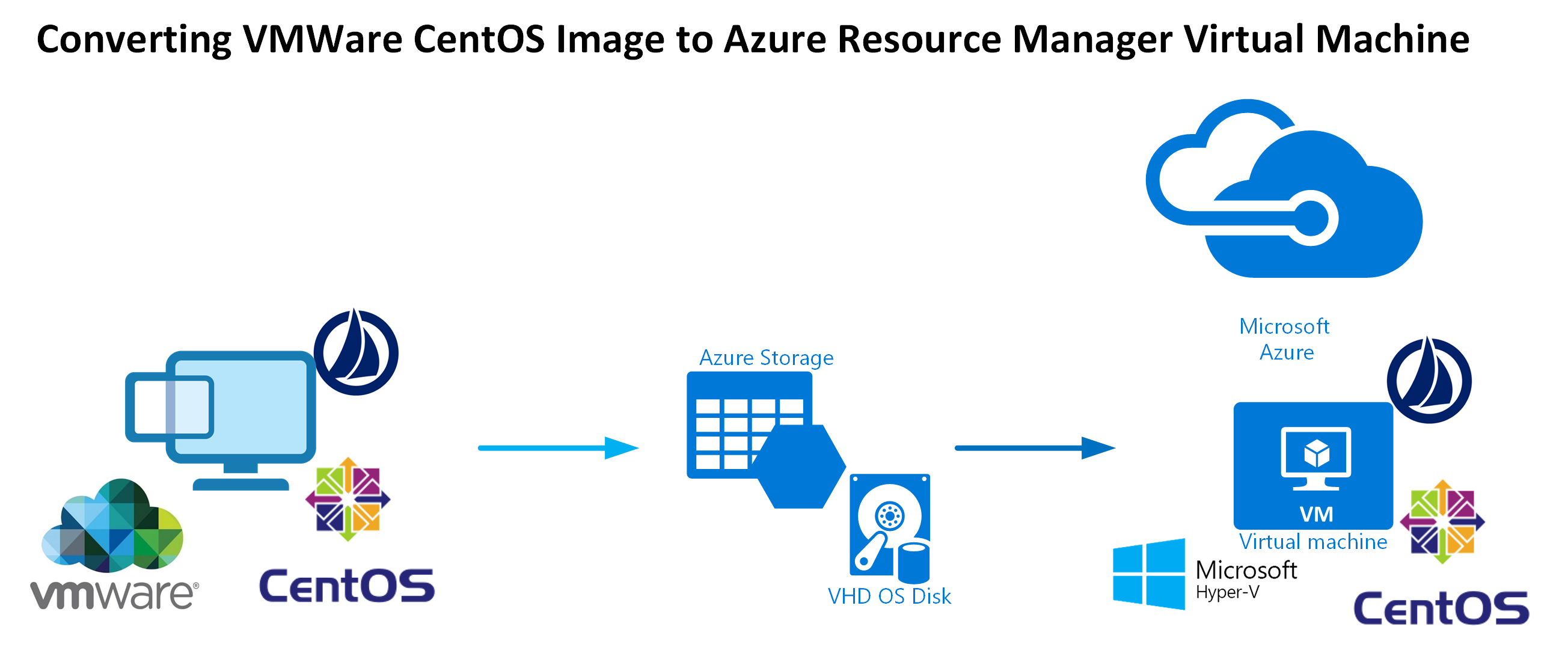What’s wrong with removing a RouteTable association with AzureAz Powershell
Originally published on Lucian’s blog, lucian.blog. Follow Lucian on Twitter @LucianFrango.
Background
For a change recently, I needed to disassociate Azure RouteTable’s from subnets, specifically: I needed to this at scale. It wasn’t a matter of a couple of RouteTable’s. Rather, the design had close to a RouteTable per subnet (with many subnets across many VNETs). The environment is also spread across multiple logical zone types and VNETs are also spread across multiple subscriptions.… [Keep reading] “What’s wrong with removing a RouteTable association with AzureAz Powershell”


